
Dr. Urvashi Sahni
Founder and Chief Executive Officer |
Co-Authored by
Xanthe Ackerman |
International Women’s Day, March 8th, is here again, and it is time to take stock of women’s lives in the world today. Great progress has been made in education and for women more broadly. Still, so much work remains to ensure that women are empowered, educated, safe, healthy and free to be fully participating members of equal societies. In India, the recent groundswell of support for women and girls speaks to the potential to overturn harmful gender norms. We need approaches, such as self-organizing and campaigning for women’s rights, gender-sensitive education, and including men in the fight for equality, that go beyond business as usual. At the global level, it is critical that the next set of development goals hold actors to better account for progress for women and girls.
In many countries, the situation for women is improving at the highest levels of leadership and among the poor, even if slowly. There are now 17 female heads of state around the world—almost twice as many as in 1990. According to UNESCO’s Global Monitoring Report, the number of countries where girls face severe gender disparity – defined as having less than nine girls in primary school for every ten boys – has dropped from 33 countries in 1999 to 17 in 2010. Gender parity at the secondary level has improved and, when girls make it to the secondary level in most countries, their retention and progression is the same or better than boys. More women are receiving antenatal care and skilled assistance during delivery—one of the most critical times in the prevention of maternal mortality.
While the international community welcomes and celebrates the gains for women and girls, much more needs to be done to ensure women and girl’s equality, and to meet the goals set out by the first set of Millennium Development Goals (MDGs). Women are still largely unsafe, unwanted and unequal in the developing world. There are 4 million missing women and girls each year in developing countries. They are killed in the womb, soon after birth or during their child-bearing years. Most countries will miss the Education For All goal of a 50 percent improvement in adult literacy—a challenge that disproportionately affects women, who make up about two-thirds of the 775 million adults who cannot read. In addition to addressing lagging progress in female mortality reduction and access to education and economic opportunity, the World Development Report 2012 calls for renewed efforts to increase women’s voice and agency in the home and society, and to limit the reproduction of gender inequality across generations. Gender-based violence also continues to plague women around the world. According to CARE’s Women and Empowerment report, at least one in three females has been physically or sexually abused, often repeatedly and by a relative or acquaintance. Violence rivals cancer as a cause of morbidity and mortality for women of child-bearing age.
In India, the case for renewed commitment to women and girls is clear. The government has made significant efforts to improve conditions for women and girls, including creating a large-scale girls’ education program that provides schools and support for girls in rural areas and has already helped to narrow the gender gap. Still, much remains to be done by the government and all other stakeholders. The child mortality rate in India is the highest in the world and some estimate that in India 1 million girls are killed in the womb each year, and. In terms of education, gender overlaps with other causes of marginalization, including poverty, location (rural vs. urban) and social factors, such caste and tribe to worsen access and outcomes. For instance, according to the World Inequality Database on Education, in 2005, 31 percent of women age 17-22 years had less than four years of school, compared to 16 percent of men. Among the poor in the poorer regions of India, the numbers were as high as 91 percent of women compared to 55 percent of men.
Of all the challenges that women and girls face, to some, having no voice is among the most intolerable. Heroines the world over who struggle to be free and to make their voices heard, even when confronting lethal consequences. Malala was shot because she voiced the right to education for women in Pakistan, and Nirbhaya in India was brutally raped and murdered because she expressed her right to travel freely. For any known story, there are millions of lesser known cases such as Khusboo. This young woman in Uttar Pradesh, India received an education—a gender-based education that made empowerment the central goal—and she thereby found the courage to voice her right to complete high school. She resisted her father’s attempt to marry her off at 16 and for that she was beaten mercilessly and cast out of his house. To share her story and her voice, she recently made an award-winning autobiographical video that showed the abuse she faced and the triumph of holding up the diploma she earned.
On International Women’s Day, let us celebrate women’s triumphs, but let us also consider what more can be done to confront the reality that so many women face. The following are strategies that show promise in India and can be replicated and scaled.
Strategy #1: Self-Organize and Challenge the Status Quo
Advocacy campaigns that demand gender equality, examine gender norms and address the inconsistency of patriarchal structures in democratic societies are critical and can be highly effective. On February 14, 2013, Valentine’s Day, millions of women and many men rose up against gender-based violence across the globe. In India, thousands of people of all ages and gender took to the streets with banners, slogans, songs, street plays and dances, celebrating women and supporting their right to control their lives, their right to a safe world, their right to a voice. The India’s Daughters Campaign represents a civil society effort along these lines and has used mobile technology to engage and organize youth in the most rural areas, including the students at 28 girls’ schools.
Campaigning as a part of the ongoing public outcry following the rape and death of Nirbhaya has resulted in the constitution of a high-level committee to review laws related to sexual crimes. The committee produced The Justice Verma report in record-breaking time. The report makes several recommendations to the government including judicial, political, police and military reforms. The committee also recommended that the Parliament promulgate a special bill of rights for women to ensure a life of safety and dignity, including in marriage. For the first time there is mention of “sexual autonomy” for women, and there is some recognition of marital rape as a crime. Severe punishments for rape and for all sexual offences are recommended, including stalking and sexual harassment in the work place. The committee writes that all marriages should be registered, which will make it possible to identify and prevent child marriages, which are widely prevalent in India. In addition, police should be subject to punitive action for not registering cases of rape and other sexual crimes. Jody Williams, civil rights activist and Nobel Peace Prize winner for her work on the Campaign to Ban Landmines, states “impunity” as the single biggest reason that violence against women continues to exist in such large numbers. Accordingly, the Justice Verma Report tries to make the law more responsive.
People in India are demanding that the issue of women’s safety be taken seriously by the government, and the state has, in this instance, responded. Their actions pave the way for further progress. For instance, a recent budget declaration allocates 200 million USD for the “safety of women” and civil society organizations are now organizing to understand how the Ministry of Women and Children will spend this money. The fact that the elections are only a year away could be a factor in government’s responsiveness to civil society demands. Even so, women are being taken seriously as a political constituency to be recognized and considered.
The movement that led to the Justice Verma Report has been hugely successful, but there is more work to be done. Advocacy efforts should focus not only on these issues and judicial responses, but also the administrative environment and ability for crimes to be redressed quickly. The Indian government passed an ordinance recognizing 90 percent of the recommendations, but left out two important ones. Marital rape has still been denied legal recognition, leaving women unsafe in the domestic space, and the armed forces have been left out of the punitive net. Both are grave omissions, and women’s organizations are contesting them strongly.
Strategy #2: Include Gender Education in the Curriculum
Since critical dialogues can lead to real change in society with positive outcomes for women and men, we must note that the education system can support these dialogues by introducing gender education in the curriculum to sensitize and empower both girls and boys. What is most significant in the recent events in India is that we have seen that girls and women (at least in urban areas) are finding their “voice” and are raising it. Critical dialogues and discussions around gender are taking place all over, in the media, universities, government, policymaking halls of power, schools, cafes, homes, and on the streets. Gender has become, at least for the now, an important issue. This transformation can and should happen in every school for every girl and boy. Even now, policymakers and civil society are considering the convening of a national-level working group in India to examine how education can promote positive gender norms.
Indeed, gender norms should receive special official focus in education systems, curricula and teacher training. Students must know the laws and recognize that women are entitled to an equal voice in the home and in society. Education helps girls and women develop their voice and the capacity to aspire to equality, based on the recognition of themselves as equal persons. We must include gender education in our core curriculum along with or as part of human rights education. This inclusion will help reduce one more gender gap—that of limiting the reproduction of inequality across generations—by enabling both boys and girls to examine gendered construction of identities and social norms, the underlying structures that perpetuate inequality and how to unlearn negative and harmful ideas about gender.
In order for gender education to be included in national curricula, it is necessary for ministries of education to approve and initiate a process whereby academics, gender experts, practitioners and educationists can work collaboratively to develop a graded curriculum for gender education, along with related teacher training courses. Schools provide an opportunity for intellectual discussions about gender roles, responsibilities and resulting power relations, which could help students gain a clearer perspective about what “equality” means in democratic societies. Making gender education a curricular subject will make the issue “official” and legitimate and create a generation of more egalitarian gender norms. A concerted effort is required by the international education and development community to influence policy at the country level in this direction.
Strategy #3: Include Men in the Conversation
If there is anything to rejoice and feel hopeful about for women on International Women’s Day, it is the support by men for the movement to better ensure women’s safety and opportunity in India. Men’s participation is something that all of us, men and women everywhere, should tenaciously hold on to in the fight for gender equality. We need male champions in every sphere: national politics, business, civil society, in homes and in schools. We all stand to gain from a society where everyone has a voice. Boys are open and willing to think about the issue seriously: The protests in India were led equally by young men and women.
The inclusion of boys and men in the struggle for gender equality is critical, and women and girls need them as allies. Women’s education, health, and safety are not “women’s problems” to be dealt with for and by women alone. Boys must be engaged in serious discussions about the social construction of masculinity and feminity in their contexts with the resulting implications for gender equality.
Strategy #4: Ensure the Next Set of Global Goals Focus on Gender Equality
At the global level, we must all work to ensure that gender continues to play a prominent role in the next set of global development goals. Whether gender is a cross-cutting issue that runs through all goals, or whether there are one or more goals that deal specifically with gender, the commitment to measuring progress for women and girls and funding policies and programs that improve conditions for women is critical and must be increased. Goals, metrics and policies should recognize that progress for girls and women over all often masks the lack of progress for large swaths of the female population. Even when average conditions for women and girls are improving, the situation for those affected by multiple forms of disadvantage, such as extreme poverty, remote location, conflict, disability, domestic abuse, negative gender norms, often remain unchanged.

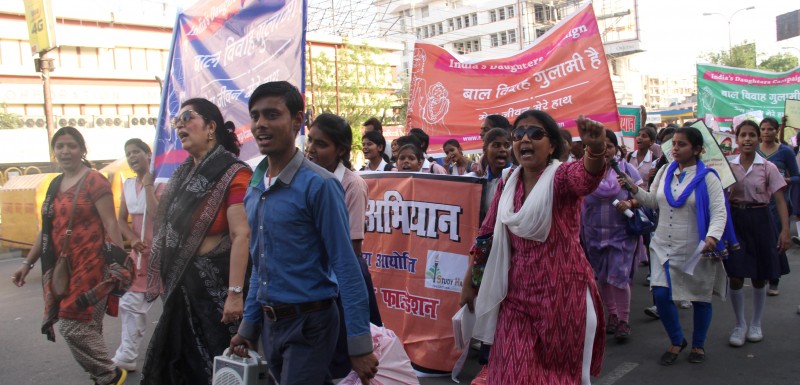
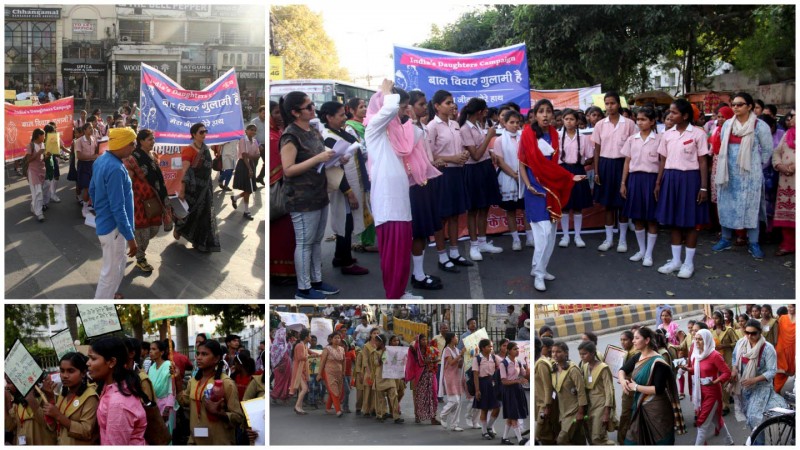
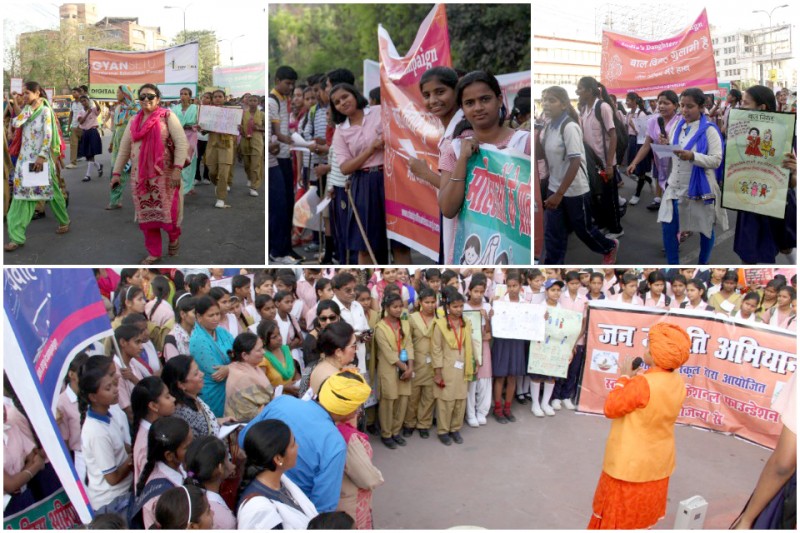
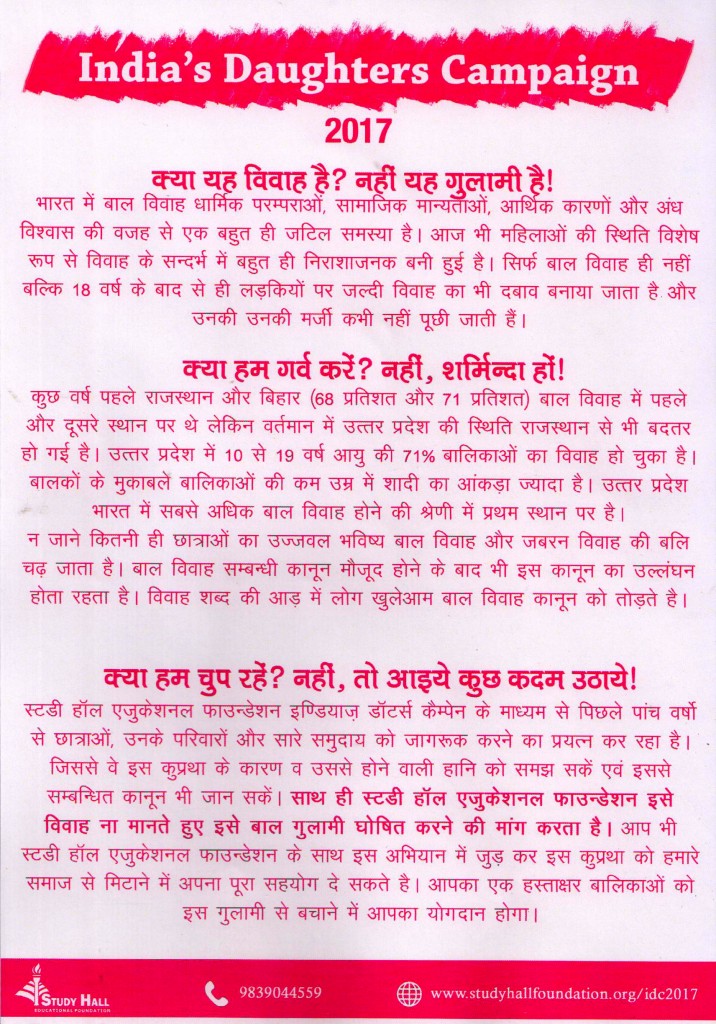

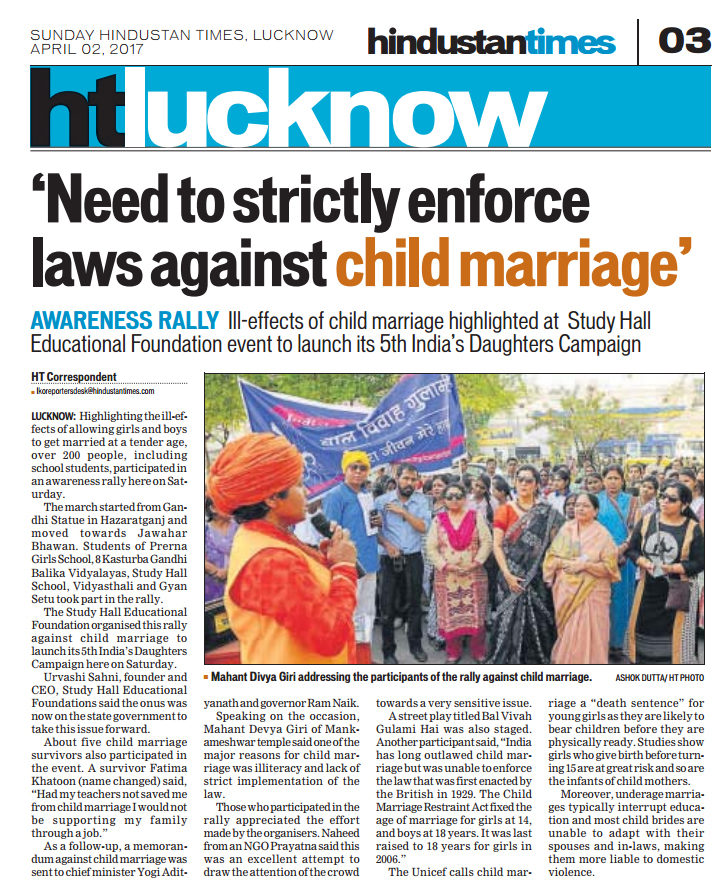
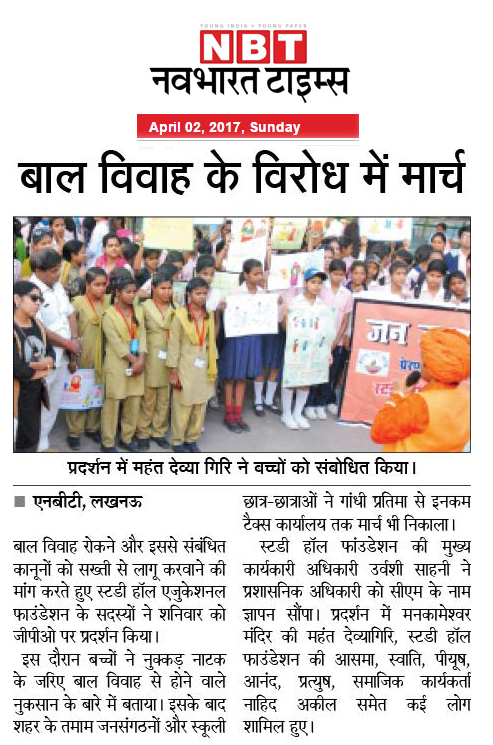





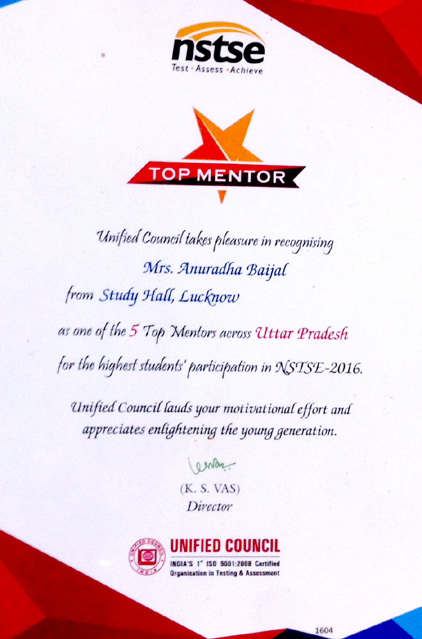
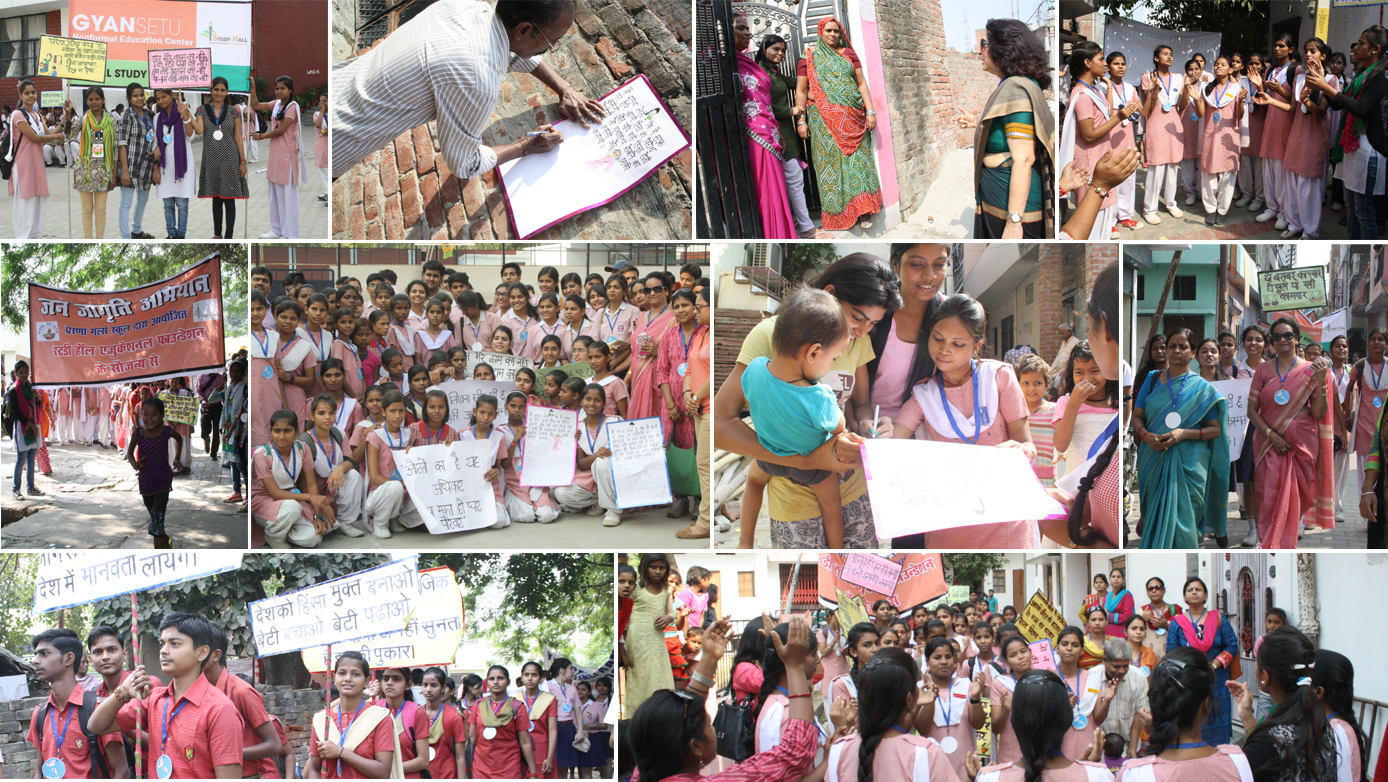

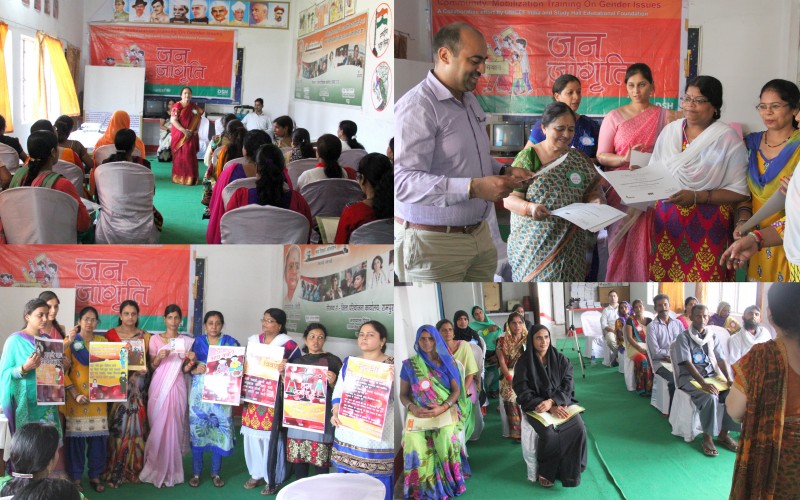
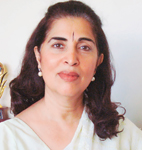



 Volunteer
Volunteer
 Work With Us
Work With Us
